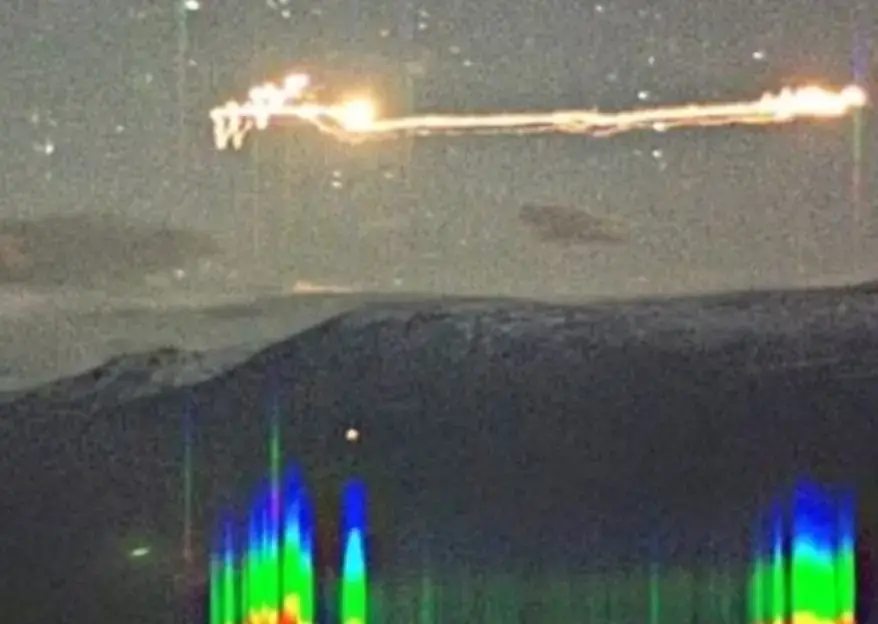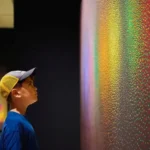Hessdalen Lights and the Unsolved Mystery of Norway’s Skies
You might spot the Hessdalen Lights as glowing light balls in Norway’s skies. These unexplained lights appear without warning. Some appear small, others stretch up to 30 meters. Thus, their shapes can shift, sometimes glowing brightly, and at other times forming rectangles. The Hessdalen Lights often move in strange ways, even oscillating. Moreover, you find them in a quiet valley, far from busy cities. Scientists link their light to helium emissions and higher radioactivity in the area. The mystery continues to draw curious minds, prompting you to question what you see.
Hessdalen Lights
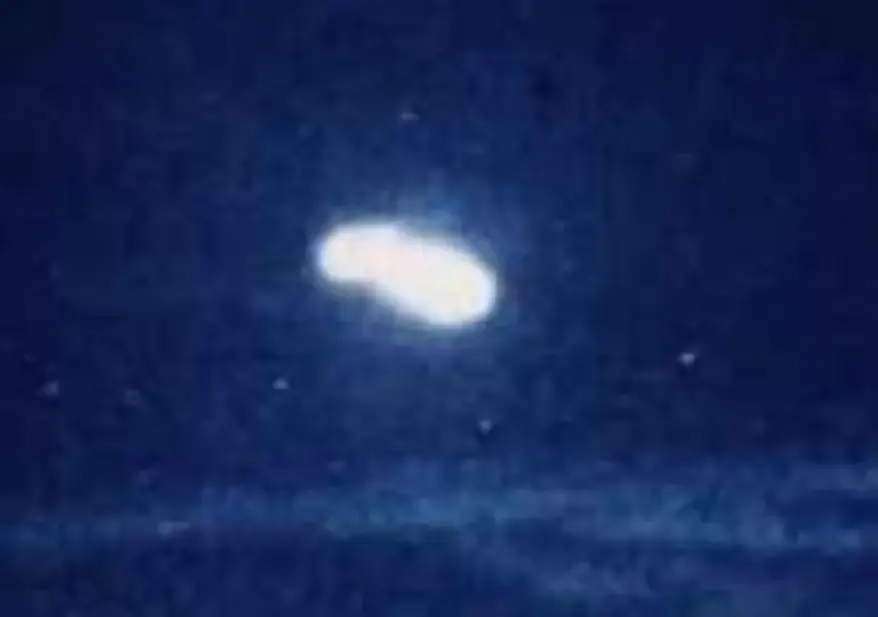
Appearance
Color and Shape
You might spot the Hessdalen lights as glowing orbs or balls. Most often, you see them in white or yellow. Sometimes, they look shiny and solid. Other times, they stretch into cylindrical shapes. These lights can appear small, like a soccer ball, or grow up to 30 meters long. Further, you may even notice a green tint in rare cases. Scientists say these lights sometimes leave traces of radiation behind.
- Common colors: white, yellow, and sometimes green
- Shapes: orbs, balls, and cylinders
- Size: from decimeters to 30 meters
The Hessdalen lights stand out from other natural lights. They do not look like the northern lights. Instead, they appear as strange balls of light that float or move quickly across the sky.
Movement
The movement of the Hessdalen lights will surprise you. Sometimes, they hover in one spot. Other times, they shoot across the sky at high speeds. Scientists have measured speeds up to 20,000 meters per second. Hence, the lights can move horizontally, vertically, or even in zigzag patterns. Moreover, you might see them split into two or change color as they move.
- Hovering in place
- Sudden, fast movements
- Changing direction without warning
- Splitting into smaller lights
- Touching the ground without burning it
The Hessdalen Automatic Measurement Station (AMS) keeps watch day and night. Additionally, it uses cameras, radio receivers, and sensors to track these unpredictable movements. Sometimes, the lights show up on radar even when you cannot see them. The AMS streams live data, so researchers can study the lights in real time.
Location
Hessdalen Valley
You find the Hessdalen lights in a quiet part of central Norway. Indeed, the Hessdalen Valley is famous for these glowing lights. The valley stretches about 12 kilometers. Additionally, it has a unique microclimate and special geology. Some scientists think the valley acts like a giant battery, helping to power the lights. The area does not need storms for the lights to appear. Certainly, you can see them in clear weather or cloudy nights.
The Hessdalen lights have appeared here for decades. People from all over the world visit the valley to watch the lights dance in the Norwegian night sky.
Observation Area
The main observation area covers several kilometers. You can stand on hills, mountain ledges, or near Lake Oyungen to watch the lights. Groups often spread out about 2.5 kilometers apart to get the best view. The lights move slowly at times, lighting up the ground below. You might see them from Heggsethggda Hill, Varhuskjglen Hill, or Fjellbekkhggda Mountain. The area has no set borders, but most sightings happen within this 12-kilometer stretch.
- Multiple vantage points: hills, valleys, and lakes.
- Lights seen from different angles and distances.
- No fixed boundary for sightings.
Mysterious Phenomenon
Unpredictable Behavior
You never know when the Hessdalen lights will appear. Sometimes, you see them for just a few seconds. Other times, they linger for over an hour. Basically, the lights can show up in any season. You might spot them in the middle of winter or on a summer night. They do not follow any clear pattern. Thus, this makes the phenomenon hard to predict.
The lights can change color and shape without warning. One moment, you see a glowing orb. Next, it stretches into a long cylinder. Sometimes, the lights split into two or more parts. You may even see them move in zigzags or hover in one spot. Therefore, this unpredictable behavior adds to the mystery. Many people try to track the phenomenon, but it always surprises them.
Distinct from Aurora
You might think the Hessdalen lights look like the northern lights. However, they are very different. Here’s how this phenomenon stands out:
- Firstly, you can see the Hessdalen lights both day and night. Auroras usually appear only at night.
- The lights can hover, move fast, or change direction. Moreover, auroras flow slowly across the sky.
- Hessdalen lights show colors like white, yellow, red, and green. Auroras have more common color patterns.
- Sometimes, you see clusters or double helix shapes. Hence, auroras do not form these geometric structures.
- The phenomenon may come from local geology. Similarly, some ideas include burning dust with rare elements, plasma from radon decay, or electric charges from quartz rocks.
- The lights move at speeds up to 20,000 meters per second. Auroras do not move this fast.
- Scientists find radioactive elements and ionized dust in the area. Hence, this is unique to the Hessdalen phenomenon.
Sightings History
Early Reports
You might think the Hessdalen Lights started recently. Actually, people in the valley noticed strange lights as early as December 1981. Locals described a “burning fireball” in the evening sky. Some saw the lights close to their homes. Others spotted them high above the ground, but always below the mountain tops.
- The lights appeared in many forms:
- Small, strong white or blue flashes.
- Secondly, yellow or yellow-white lights, sometimes stationary and sometimes moving fast.
- Groups of lights, often with two yellow or white and one red in front.
You could see these lights anywhere—above roofs, near the ground, or in the sky. Sometimes, they stood still for over an hour. Other times, they moved quickly, even up to 8,500 meters per second. Indeed, the lights made no sound. Photographs showed bullet-shaped, round, or even upside-down Christmas-tree shapes. Mostly, glowed white or yellow-white, but some flashed red, green, or blue.
1980s Surge
In the early 1980s, you would have noticed a big change. Sightings increased a lot. Sometimes, people saw the lights many times each week. Thus, this surge happened because more people paid attention. Scientists and journalists visited the valley. Additionally, they brought cameras and radar. News spread quickly. Hence, more eyes watched the sky.
A journalist who doubted the lights changed his mind after seeing them himself. He even took photos. The valley’s unique minerals—scandium, zinc, iron, and copper—may play a role. Some scientists think water in the ground helps create electric currents. Therefore, these currents might cause the lights. Still, the main reason for the surge was more people looking and reporting.
Scientific Interest
You might wonder why scientists care so much. The Hessdalen Lights show up again and again. This makes them different from other strange sky events. In the 1980s, researchers started to document the lights with new tools. They used cameras, radar, and even spectral measurements.
- People in Hessdalen talked about the lights since the 1940s. But real records started in the 1980s.
- Scientists kept coming back because the lights did not stop.
- In 2009, a documentary called “The Portal: the Hessdalen lights phenomenon” brought new attention.
- Norwegian and Italian scientists began to work together.
- Today, you can watch live camera feeds from the valley.
- Researchers have many ideas. Some think the lights are a kind of cold plasma. Others believe the valley’s minerals create electric currents.
- No one has solved the mystery yet. Scientists keep studying, hoping to find answers.
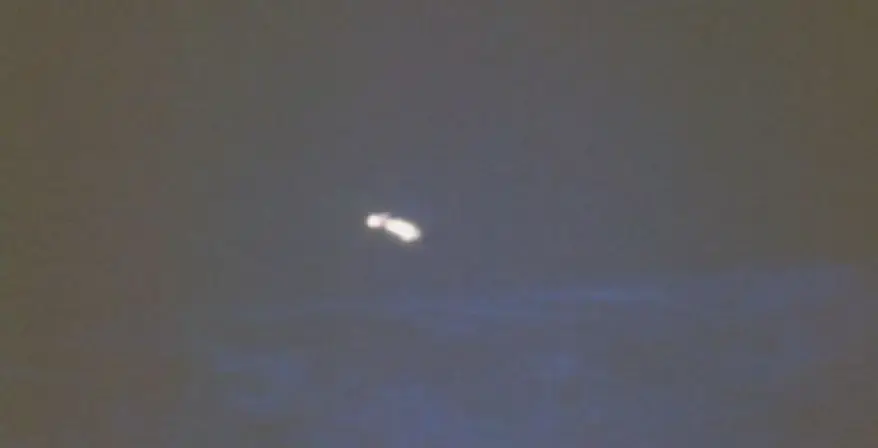
Scientific Investigations
Project Hessdalen
Monitoring Station
You can find the Automatic Measurement Station (AMS) in Hessdalen. This station started in 1998. It works day and night. The AMS uses video cameras, radar, and magnetometers. These tools help you watch the lights in real time. Further, the AMS sends data to scientists everywhere. You can even see live feeds online. The station does not miss much. Moreover, it keeps a close eye on the sky and the ground.
Data Collection
Project Hessdalen set clear goals. The team wanted to study the lights using radioastronomical techniques. They built special equipment for this. However, the project focused on three main sites in the valley. Eventually, each site used different tools to catch signals from the lights.
Research Methods
Cameras and Sensors
You need the right tools to study the Hessdalen lights. Scientists use low-light cameras to catch faint glows. Radar systems track how the lights move. Magnetometers and electromagnetic field sensors check for changes in the area. Sometimes, you see trained observers in the field. Thus, they write down what they see and hear.
Here’s a list of common equipment:
- Low-light cameras
- Radar systems
- Thirdly, magnetometers
- Electromagnetic field sensors
- Spectroscopes and digital SLR cameras with diffraction gratings
- Also, automated stations with optical, radio, and magnetic sensors
Therefore, these tools help you collect data from every angle. Additionally, you get pictures, movement patterns, and even magnetic readings.
Some people believe the phenomenon comes from extraterrestrial activity. UFO fans love this idea. However, scientists have not found any real proof. Most experts do not support this theory.
Ongoing Research
You can join the search for answers. Project Hessdalen leads the way. Therefore, this non-profit group has watched the phenomenon since the late 1990s. Volunteers run the Automatic Measurement System (AMS). Also, it uses cameras, magnetometers, and the Blue Box anomaly detector. Simultaneously, these tools collect data day and night.
The main goals are simple:
- Gather high-quality data on the phenomenon
- Indeed, share data with everyone
- Help you understand the lights and their effect on the environment
Project Hessdalen keeps growing. Volunteers and engineers test new systems. They work both in the valley and from home. Certainly, you can join field trips or help as a developer. The project welcomes students, locals, and anyone curious about the phenomenon.
Other groups also study similar lights in places like Latin America. Thus, they set up fixed posts to watch the sky. All this work brings you closer to answers. Still, the mystery remains. You can help by watching, recording, and sharing what you see.
Significance
Scientific Value
You might think the Hessdalen lights are just a local curiosity. Additionally, they are much more. Scientists see the valley as a natural laboratory. You get a rare chance to study a recurring anomalous atmospheric phenomenon. Therefore, this helps you learn about plasma and electromagnetic effects in the real world.
- Firstly, the lights often appear with magnetic changes and radio signals. Certainly, you can spot them on radar, too.
- Sometimes, the lights reach up to 19 kW of radiant power. Hence, that is a lot for natural light.
- Further, you may see clusters of light balls. These can show thermal self-regulation and act almost like solids.
- The lights sometimes split into smaller balls. Moreover, you might notice strange shifts in radio frequencies.
- Scientists have found possible metallic particles left behind after sightings.
- Similarly, some features match what you see in ball lightning. Thus, this links the lights to plasma physics.
- Lastly, the study of these lights pushes you to use better tools. Additionally, you need advanced cameras and sensors to catch every detail.
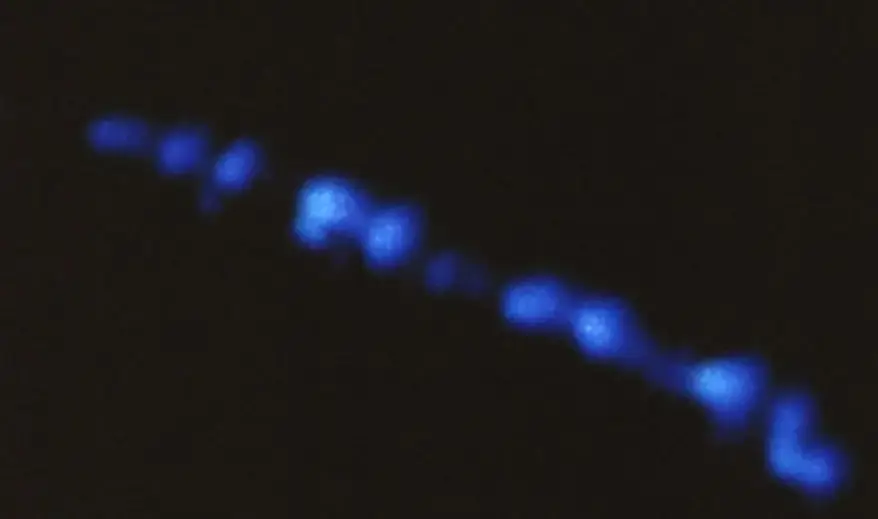
Conclusion
The Hessdalen Light Phenomenon remains an enigmatic subject at the intersection of atmospheric physics and frontier science. You see the Hessdalen lights as a true wonder. Scientists and locals watch them, but no one has solved the puzzle. Decades of research with advanced tools bring new ideas, yet the lights stay unexplained. However, this ongoing search inspires you to keep asking questions. The lights spark curiosity, connect cultures, and invite everyone to join the adventure.
References
- Caron, E., & Faridi, P. (2016). To investigate or not to investigate? Researchers’ views on unexplored atmospheric light phenomena. Frontiers in Earth Science, 4. https://doi.org/10.3389/feart.2016.00017
- Pascoli, G. (2024). The Hessdalen lights seen as the aerial counterpart of an unsuspected subsoil phenomenon. Is the Earth harboring a multimouth wormhole? Journal of Scientific Exploration, 38(2), 273–287. https://doi.org/10.31275/20242965
Additionally, to stay updated with the latest developments in STEM research, visit ENTECH Online. Basically, this is our digital magazine for science, technology, engineering, and mathematics. Furthermore, at ENTECH Online, you’ll find a wealth of information.
